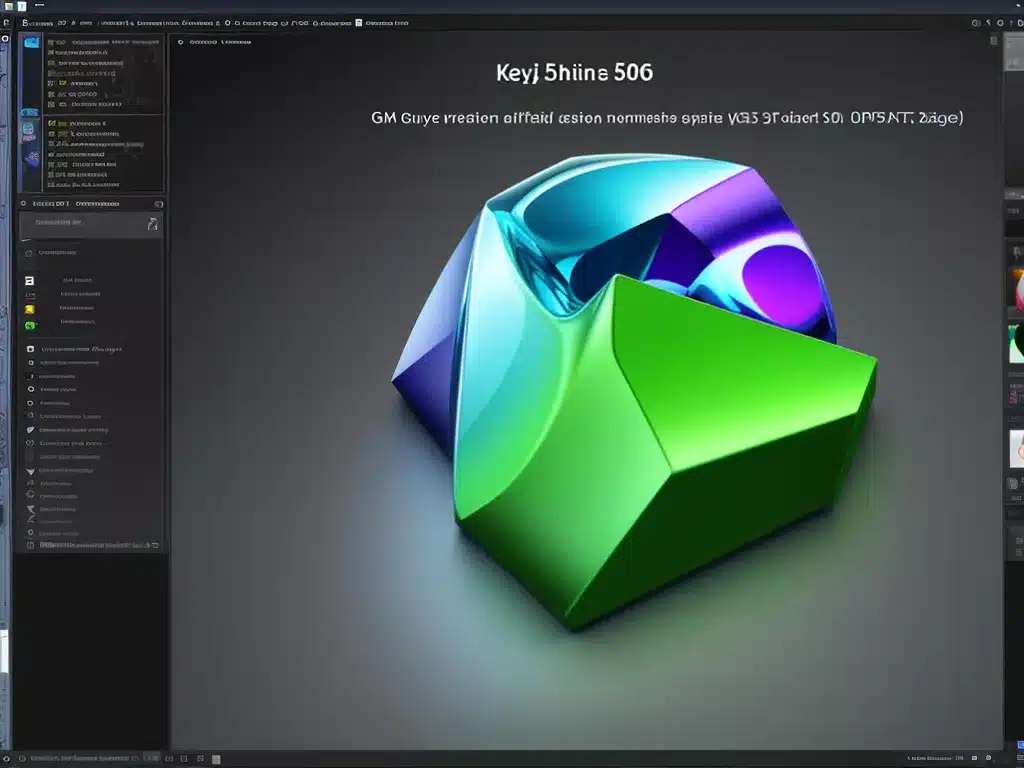
Introduction
The Khronos Group has announced the release of OpenGL 5.0, the latest version of the cross-platform, cross-language 3D graphics API that provides developers direct control over GPU acceleration. As an experienced graphics programmer, I am excited to share my insights on the key features and capabilities enabled by this new version of OpenGL.
OpenGL 5.0 introduces several significant improvements that will empower developers building cutting-edge 3D applications and games. In this article, I will provide an in-depth look at some of the most important new features that stood out to me as a graphics developer.
Ray Tracing Support
One of the biggest additions in OpenGL 5.0 is native support for ray tracing. Ray tracing is a rendering technique that realistically simulates the physical behavior of light by tracing individual rays of light as they interact with objects in a 3D scene.
Here are some key capabilities enabled by OpenGL’s new ray tracing integration:
- Hardware-accelerated ray traversal and intersection testing using the GPU
- A new
glRayQueryAPI for launching ray queries and retrieving ray hit information - Integration with existing OpenGL constructs like textures, vertex buffers, and shaders
- Support for ray queried spatial data structures like BVHs for optimizing scenes
Ray tracing support in OpenGL 5.0 brings new levels of realism to OpenGL-based 3D applications. It opens the door for effects like accurate reflections, shadows, global illumination and ambient occlusion while leveraging the cross-platform nature of OpenGL.
Mesh Shaders
Mesh shaders are a new programmable shader stage introduced in OpenGL 5.0 that allow developers to generate collections of meshes and primitives using the GPU. Instead of sending static mesh data from the CPU, mesh shaders can procedurally generate and transform mesh geometry dynamically on the GPU.
Key capabilities provided by OpenGL mesh shaders:
- Generate triangles, points, or lines representing a mesh within a shader
- Transform vertex positions and parameters iteratively on the GPU
- Enable new effects like object instancing and subdivision surfaces
- Reduce CPU workload and avoid sending redundant mesh data
Mesh shaders unlock new levels of flexibility and performance for OpenGL programs by offloading mesh manipulation tasks to the GPU. This brings OpenGL into closer feature parity with other low-level APIs like Vulkan and DirectX 12 in supporting advanced geometry shader stages.
Improved Robustness and Safety
OpenGL 5.0 introduces new error detection and notification mechanisms to improve overall API robustness and safety:
-
Debug output notifications – Standardized API for applications to receive debug messages from the OpenGL driver informing of potential errors or warnings. This makes it easier to catch bugs during development.
-
Object lifetime management – Object handles now use a bit signaling lifetime status, catching usage of handles that have already been deleted or invalidated. This enhances safety and prevents accidents.
-
Graphics reset notification – Notifications for graphics resets that occur due to events like driver crashes. Applications can recover from these events gracefully.
These features address common pain points in OpenGL development related to error handling, safety checking, and system robustness. They bring OpenGL’s capabilities closer to modern APIs and should lead to more resilient OpenGL applications.
Conclusion
OpenGL 5.0 marks a major milestone for the API by introducing cutting-edge graphics capabilities like ray tracing while also strengthening its foundations for safety and robustness. As an experienced OpenGL developer, I’m thrilled with these new features and eager to start leveraging them in my graphics applications and game engines. Key enhancements like mesh shaders and debug notifications should also make OpenGL development easier for newcomers. Overall, OpenGL 5.0 empowers developers building advanced 3D apps and games targeting multiple platforms and devices.












